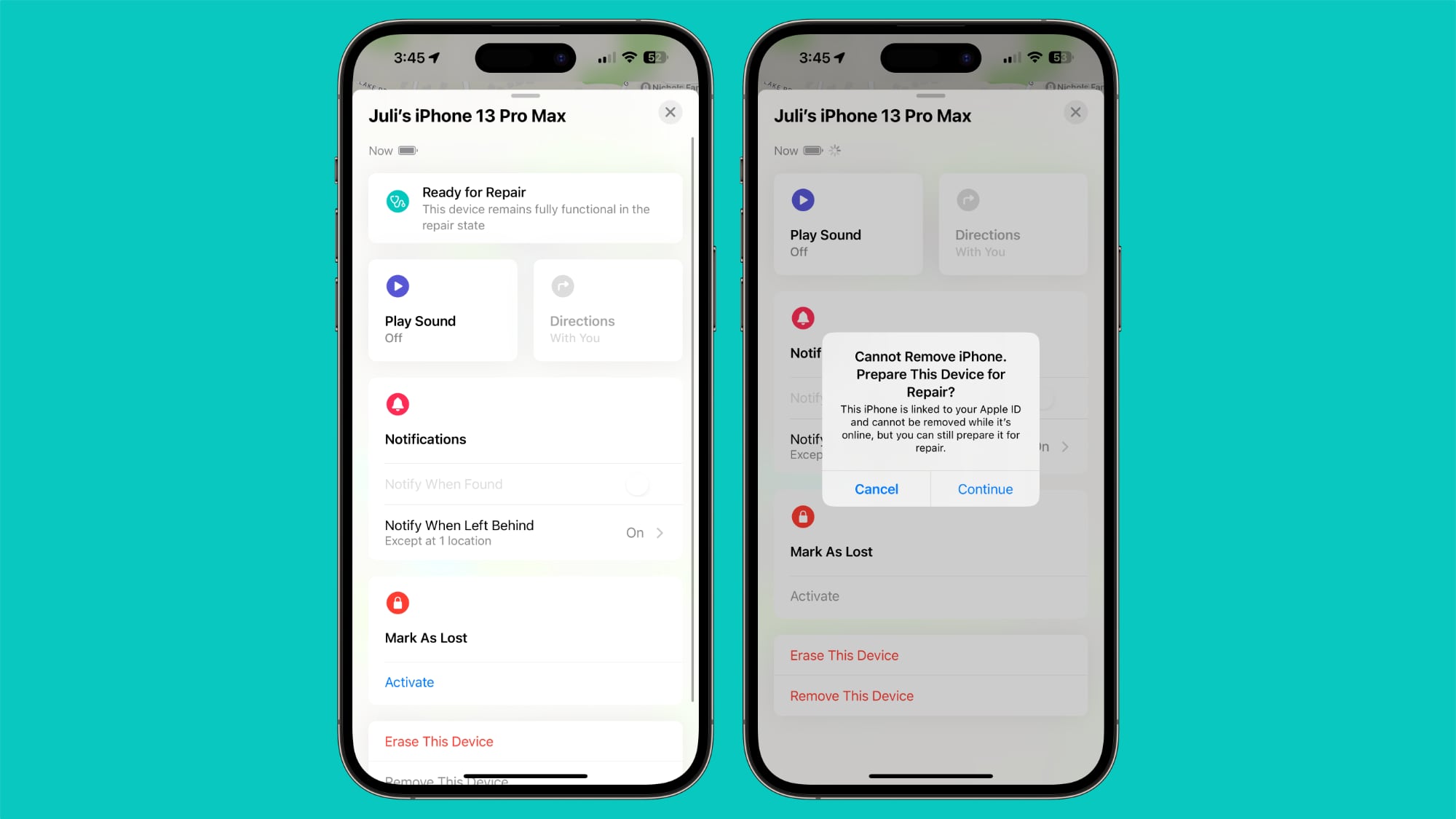What could your mobile app performance be costing you?
[[{“value”:”
Consumer expectations for high-quality and high-performing business applications have never been greater, but a poor experience can have costly consequences. 100 milliseconds of latency costs Amazon $5.4bn in lost sales. Brand reputation and customer relationships are also at stake. But these trends don’t just apply to huge global enterprises like Amazon. With over seven million apps available across iOS and Android platforms, even SMEs that want to compete to grow their user base and boost revenue must deliver unique, engaging, and easy-to-use mobile applications.
The impact of poor mobile application quality on SMEs can be felt right down to the bottom line. In fact, 96% of global SMEs estimate losses of up to $2.49m as a result of poor mobile application quality. Users are facing challenges with device or platform support, lack of native applications and buggy or slow experiences. These are problems that SME business leaders are cognizant of, as they recognize the value of a well designed mobile application for building brand value, delivering an enhanced user experience, increasing competitiveness, and driving customer retention, acquisition and sales alike.
That explains why senior IT professionals and application developers at SMEs are increasingly categorizing mobile application quality as critical to their business, and recognizing the importance of testing the quality and success of their organization’s mobile app development.
The delivery of quality software, fast, has become a necessary prerequisite for winning and retaining customers and, ultimately, to achieving digital success. But the surge in demand has also exposed challenges in the mobile application development and testing landscape. This has prompted serious decisions amongst SMEs about how to reduce the impact of poor application quality.
Defining and delivering on quality
Ultimately, the customer is at the center of mobile application development.
Security, high-performance, good user experience and accessibility all rank highly as the key markers of success amongst SMEs. The challenge however is that mobile application users don’t differentiate between businesses of different sizes (and budgets) when it comes to user experience – they want an app that is fast and easy-to-use, regardless of the size and scale of the organization behind it. Delivering a quality user experience is not just about developing apps that work, but creating an end-to-end experience that helps users to operate mobile applications intuitively.
However, SMEs are suffering from a significant lack of resources to effectively support mobile development and testing to ensure this level of quality. We’re hearing from more and more IT leaders at companies of this size who recognize that there’s significant room for improvement in their mobile application development and testing strategies, but say they simply aren’t able to find the numbers and quality of personnel required to achieve better results.
Competing priorities and cost also present challenges for SME mobile app development and testing, compounding issues of complexity and lack of resources. And yet many still use manual testing for mobile applications – a slow and laborious process.
Adopting automation and AI to overcome challenges
Automation, underpinned by AI and low-code/no-code tools, presents a solution to these challenges. A YouGov survey from 2023 – commissioned by The Times and Lloyds Bank – revealed that 10% of SMEs had already used AI to grow their businesses by improving processes and systems, whilst 16% said that introducing automation had improved their productivity. So there is strong indication that SMEs can find significant productivity and efficiency gains by onboarding these technologies – our own research shows that as much as 75 hours per month could be saved.
Beyond productivity, user experience ranks highly as a key use case for the adoption of automation and AI in mobile app development and testing. Automated testing enables teams to more quickly identify opportunities to streamline app delivery while maintaining quality and performance, getting better apps to market quicker. Meanwhile, AI can answer developers’ questions far quicker, reducing the amount of tedious work required to find information manually. This leaves them free to focus on improving the end user experience, and fix any bugs found during testing.
Despite these anticipated benefits, the number of those already reaping these rewards remains low. However, with more education about when and how to use them best AI tools will play a significant role in reducing the financial losses being incurred by SMEs as a result of poor mobile application quality.
Mobile testing crossroads
Clearly SMEs cannot afford to keep losing money because of poor mobile app performance. The time is now for long-term strategizing and investment in technologies that will positively impact both user experience and revenue opportunity – as well as helping to overcome skills and productivity gaps.
Mobile application quality has never been more important, and the mobile app development industry is at a crucial juncture, with AI and automation presenting a unique opportunity to those who take advantage. It’s clear from our research that all SME stakeholders — from the C-suite to the developers themselves — are focused on improving their mobile application quality and testing processes, with much to gain.
We’ve listed the best mobile app development software.
This article was produced as part of TechRadarPro’s Expert Insights channel where we feature the best and brightest minds in the technology industry today. The views expressed here are those of the author and are not necessarily those of TechRadarPro or Future plc. If you are interested in contributing find out more here: https://www.techradar.com/news/submit-your-story-to-techradar-pro
“}]]



